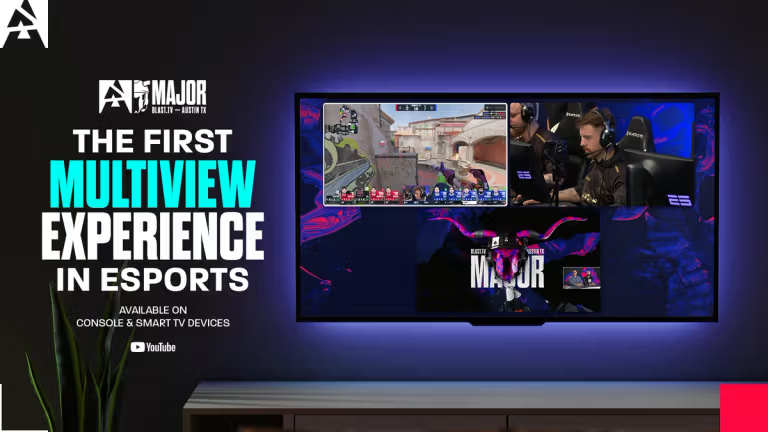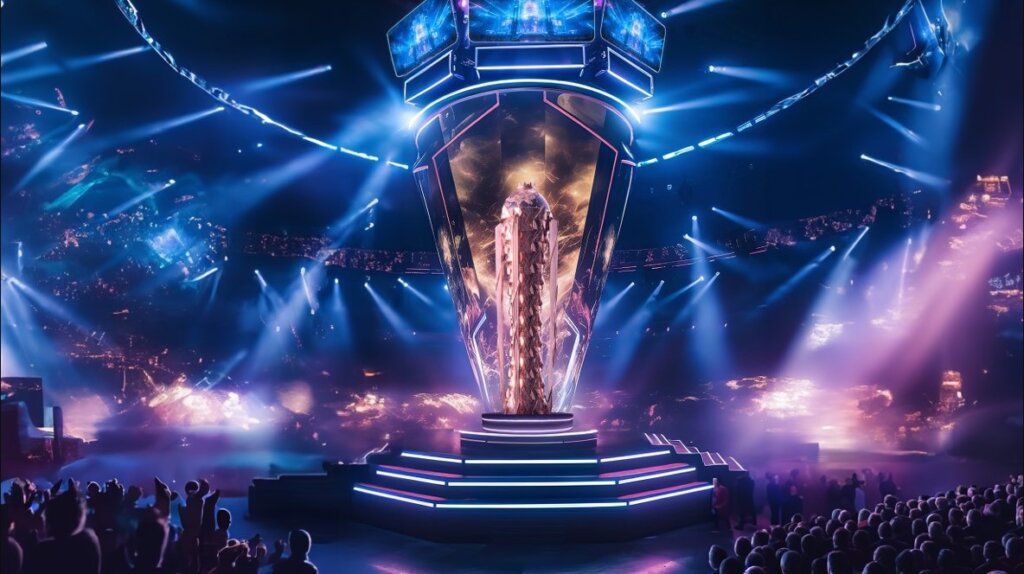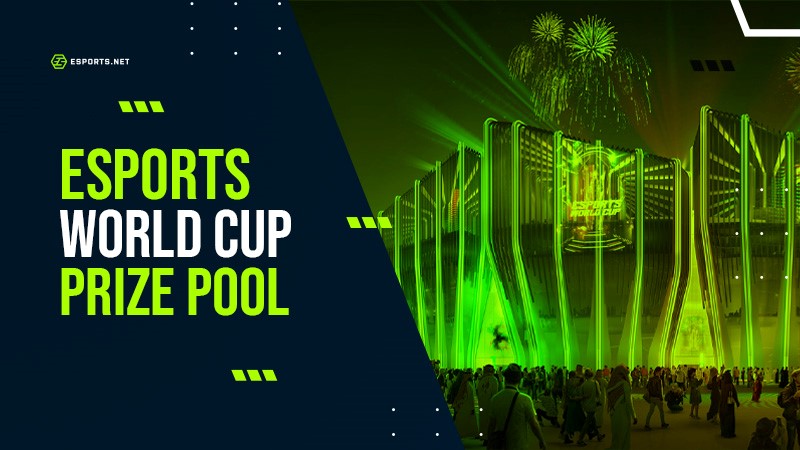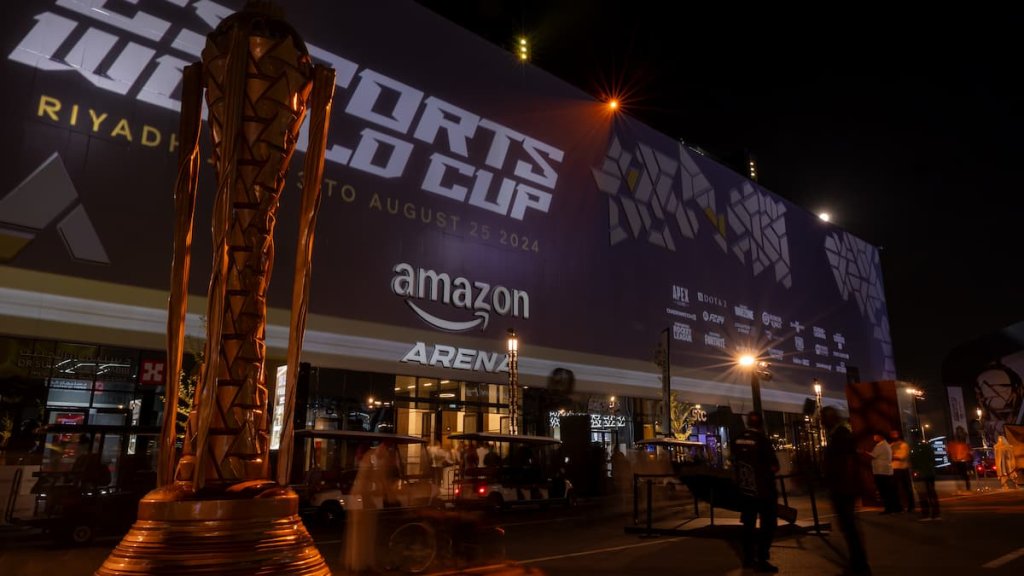
The case for Battle Pass over Lootbox and one-time microtransactions
Purchasable Battle passes are often a part of competitive multiplayer games. They are now present in every kind of game from Call of Duty to Fortnite, Dota 2 and PUBG.
The Battle Pass frenzy has somewhat replaced Lootboxes and one-time microtransactions in recent times. Why are they so prevalent, and what role do they serve in these games?

Fortnite / Valorant Battle Pass
What is a Battle Pass?
In general terms, a Battle Pass is a type of in-game monetization. It usually provides players with in-game items after completing certain challenges or achieving enough experience points (XP) to unlock rewards.
Battle passes often have tiers that are visible to anyone. They offer certain items for free without buying the battle pass as an incentive for players to pay for the full pass. Even if somebody doesn’t buy the pass, they can still progress through the tiers without actually unlocking the items. Players have a certain amount of time to unlock all tiers of the battle pass.
Dota 2 first used this system leading up to their yearly “The International” tournament. It was later popularized by Epic Games in Fortnite, and Bluehole’s PlayerUnknown’s Battlegrounds as a seasonal pass released every three months.
Why have most major titles implemented them?
A battle pass is useful to keep players playing the game for a certain period. Since the battle pass is limited time, paying for the battle pass is essentially like a “promise” that someone will play that game as much as possible until the end of the pass to unlock all of the tiers.
A second reason is it also provides the game’s player base with constant waves of new content, even if that content is often just cosmetic. It gives them a reason to play the game long past that game’s initial release date. There is an addictive sense of progression one gets from the constant unlocking of tiers and new items. The recurring nature of these battle passes also keeps players coming back for the next season.
Lootboxes and single item microtransacations are a one off purchase with an instant reward that doesn’t guarantee player engagement or playing the game beyond the purchase.
Lastly, there is exclusivity. The items in the pass cannot be acquired in any way other than paying. After that season is over, the items from that battle pass will likely never be purchasable again; people like showing off items that their friends might not have because they didn’t buy the battle pass. Flexing shiny items is a big part of paying for a game’s battle pass.

© PUBG Season 9 Battle Pass
How do Battle Passes help developers?
Battle Pass systems keeps the developing cycle of a game going way beyond its release date. Additionally, allowing people who didn’t buy the battle pass to see its content and progress without getting the items means that they are more enticed to pay to get the items they’ve already earned. This “carrot on a stick” mechanic can turn free users into paying ones.
Players can also pay extra to skip tiers they don’t want to progress through. Not only does this mean more money for the developer, but more convenient for the player if they’re going to jump through those last few tiers.
Always creating new content for battle passes also provides the developers with constant work. This content, in turn, keeps them paid. The numbers show that battle passes are a big source of revenue for games like Fortnite.
In 2019, Fortnite had an estimated $1.8 billion revenue, down from $2.4 billion the year before. The Verge also reported that in a now unpublished SuperData report, 34% of Fortnite’s US players also purchased a battle pass. It is an excellent way to monetize a free-to-play game through cosmetic items, and it helps keep the game from becoming pay-to-win.
[cta id=2581 type=geo]Has the gaming community accepted Battle Passes?
While battle passes are undoubtedly popular, not everyone is on board with their constant inclusion. Some say that grinding out battle pass tiers feels like work, making them wary of playing the game. Others say that it takes advantage of weak people who don’t keep track of their in-game spending habits and entices players to play the game for reasons other than the actual game.
When compared to other in-game monetization mechanics however, Battle Passes are way more favored then individual item transactions or loot boxes. The “gambling” aspect of Lootboxes is not present as all rewards are advertised and earnable as long as the battle pass requirements are filled.
Despite how some may feel about battle passes, they work. The constant flow of new content in Fortnite likely helped it reach the time players have spent on it. According to GAME, people have played Fortnite for a cumulative total of over 3.8 billion days. That translates to over 10.4 million years, which is 52 times longer than humans have lived on the planet. Battle passes will likely keep popping up in games until gaming companies find a better alternative. Whatever that alternative is, the fact remains that battle passes mean money for developers.
Article contributed by Gabriel Ionica
Read next: EA Games latest legal troubles over loot box and surprise mechanics












